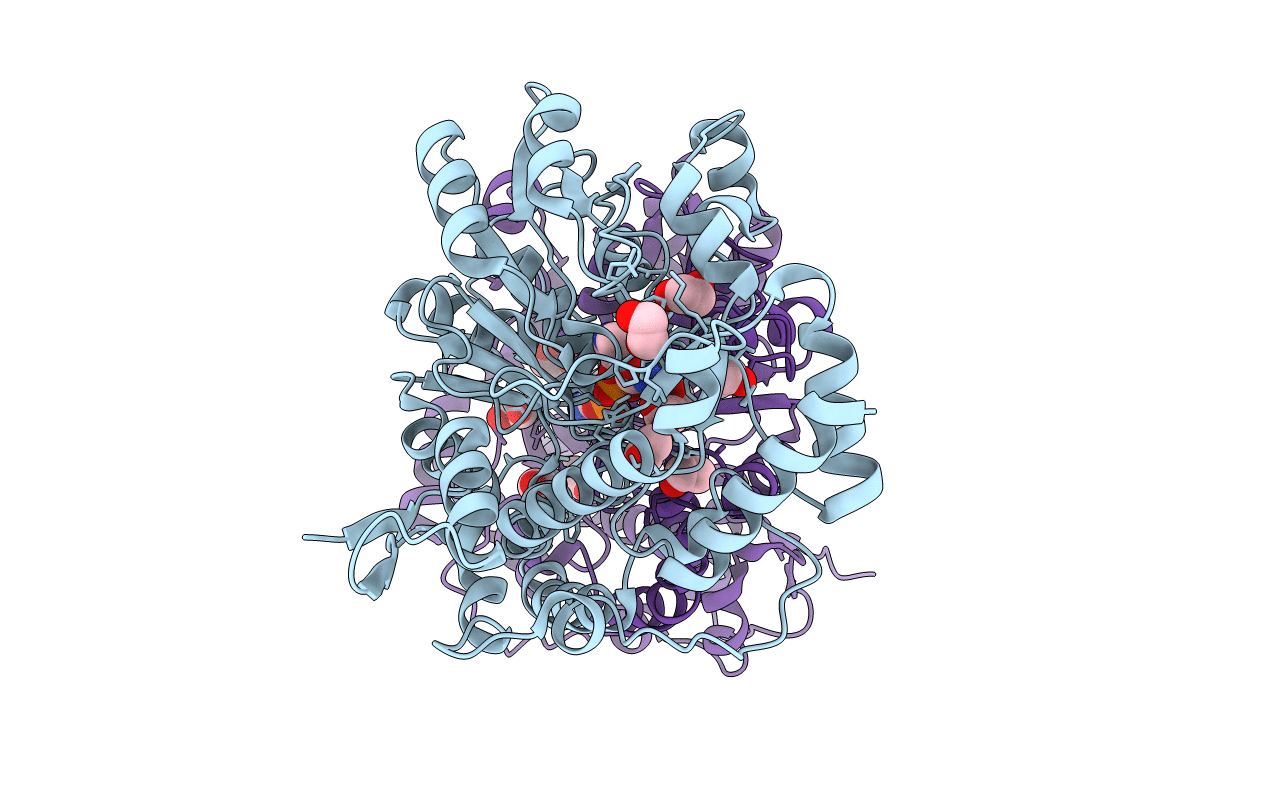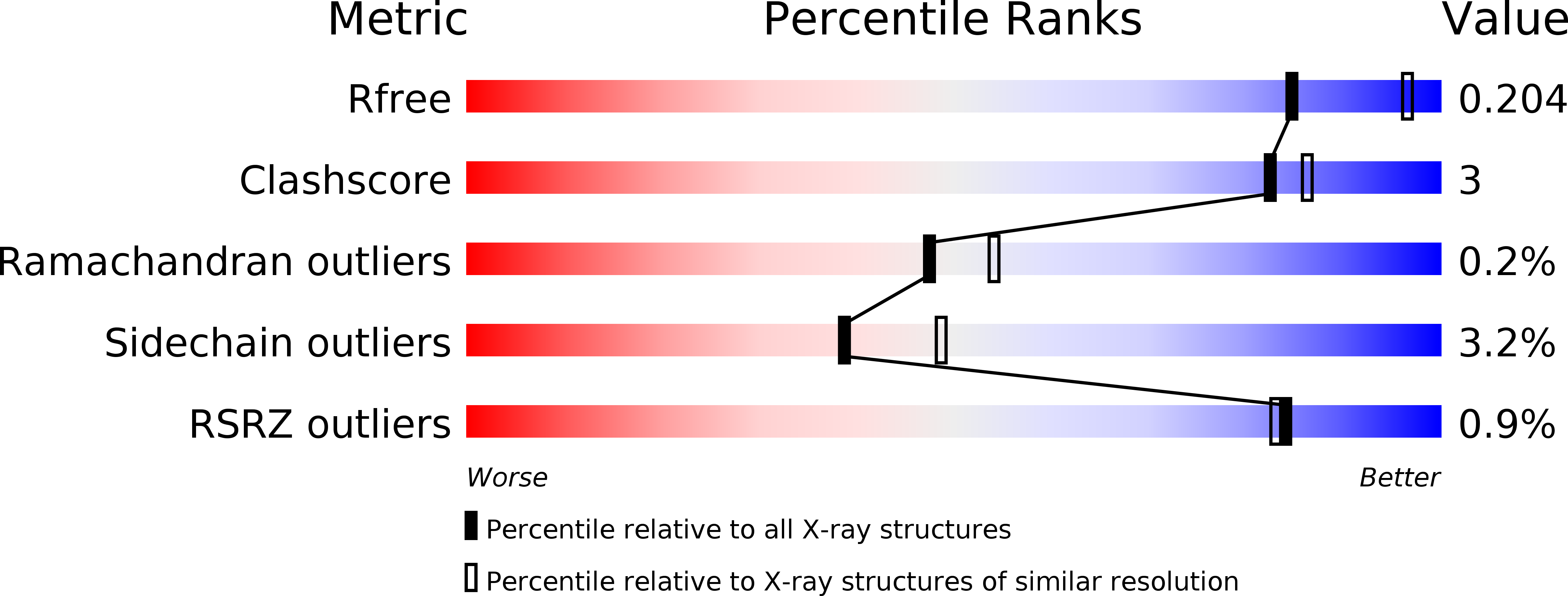
Deposition Date
2013-04-09
Release Date
2013-10-16
Last Version Date
2023-09-20
Entry Detail
PDB ID:
4K2I
Keywords:
Title:
Crystal structure of ntda from bacillus subtilis with bound cofactor pmp
Biological Source:
Source Organism:
Bacillus subtilis subsp. subtilis (Taxon ID: 224308)
Host Organism:
Method Details:
Experimental Method:
Resolution:
2.23 Å
R-Value Free:
0.21
R-Value Work:
0.15
R-Value Observed:
0.16
Space Group:
P 1 21 1


